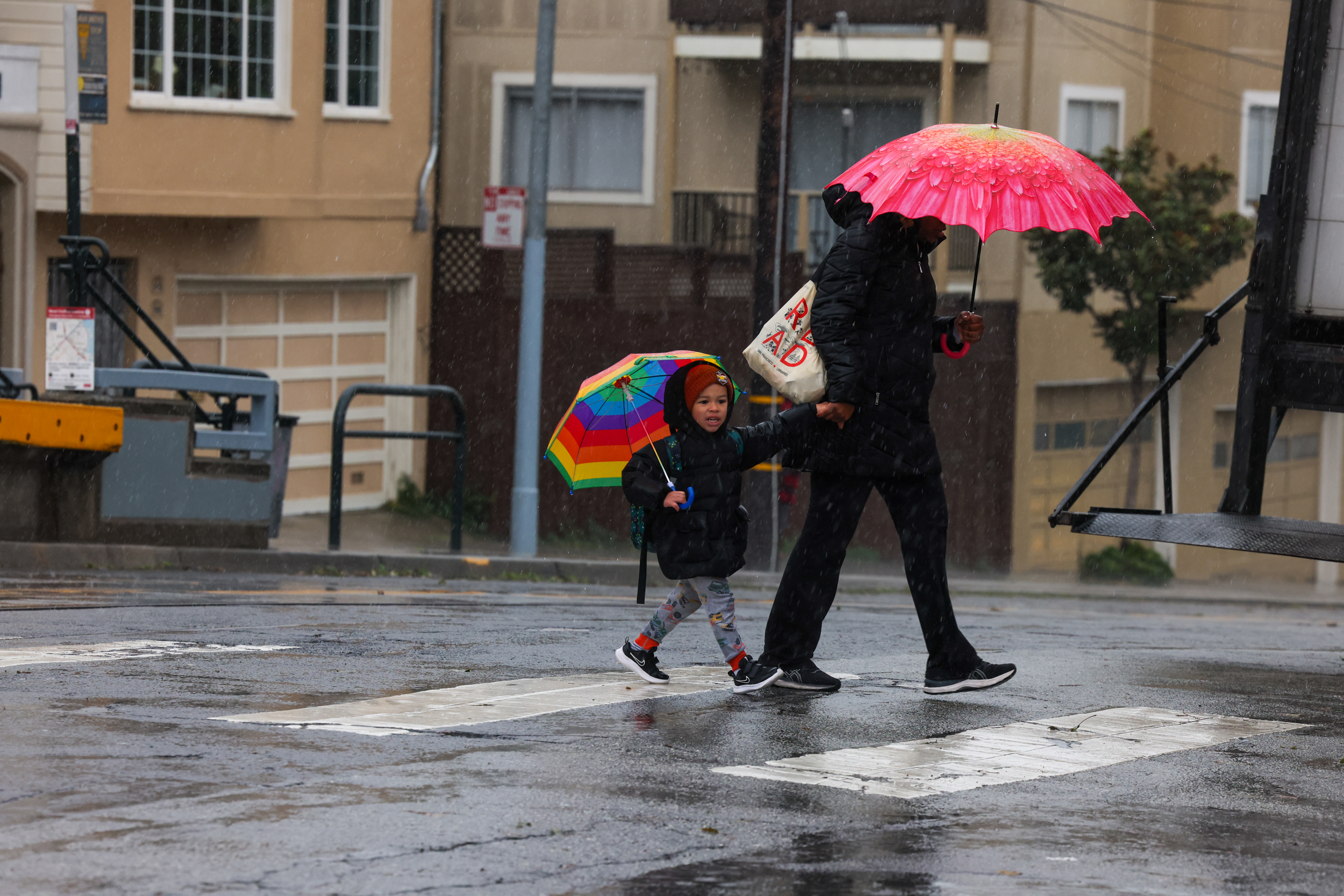In response to this week’s storm, which caused at least three deaths, flooding and lengthy power outages, several Bay Area schools cut things short on Wednesday and closed altogether on Thursday.
The South San Francisco Unified School District decided on Wednesday to close all schools on Thursday, as did at least four other districts in San Mateo County. Another nine districts and four schools in the North Bay were also closed on Thursday, according to ABC7.
But San Francisco Unified School District decided to keep class in session—a decision that drew a mix of praise and criticism on social media. Schools in the East Bay, including in the Oakland Unified School District, and in the South Bay remained mostly open as well. Pathways Charter, which has two locations in the North Bay and one in Vallejo, closed its campuses but allowed for remote learning.
“Schools provide essential services, such as instruction, nutritious meals and the care of a trusted adult for our students,” said Superintendent Matt Wayne in an announcement on Wednesday night. “Unless there are conditions that would compromise student safety or pose a hazard in our schools in the morning, we intend on fulfilling our responsibility to the students and families in our community, especially those who are furthest from access.”
Wayne added that he understood if families decided to keep their children at home and expressed gratitude for staff taking care of students throughout the storm.
Emily Mills was one parent who questioned the logic behind the decision and, in particular, the timing of the message, which came around 8:30 p.m. on Wednesday.
“I do feel strongly that working parents and teachers need more notice than what they were given,” Mills told The Standard. “Parents were receiving mixed messages from city and county leadership. It felt disrespectful.”
Messaging from weather forecasters and city officials recommended minimizing travel in the afternoon to the evening on Wednesday when the heavy rain and strong winds picked up.
Some community members criticized the district, calling on officials to release children early or pause after-school activities.
At least one Twitter user struck a cynical tone by suggesting financial incentives were at the root of the district’s decision to keep kids in the classroom. The foundation of public school funding is dependent on enrollment and average daily attendance, which saw a major dip last school year.
Other parents found comfort in Wayne’s message and said SFUSD was right to remain open.
“Seems like the general parent opinion is along the lines that the district made the right call for not closing,” said San Francisco Parent Coalition’s Meredith Dodson of the local parents she heard from. “Also, of gratitude for all of the teachers, city employees and every other essential worker that is showing up today to keep the city running.”
Some of the parents who were pleased with the district’s decision may have faced different conditions than those who opposed it. One parent, who apparently had a decent path to campus, took to Twitter to “wholeheartedly support” the call to keep class in session.
No problems. Many families still walking & biking to our school. Kids playing happily in the yard before outdoor morning circle. I wholeheartedly support SFUSD’s decision to stay open. The majority of my kid’s classmates were at school.
— Coraline ❤️🥺 (@canwemoveyet) January 5, 2023
But the latest atmospheric river that washed over the Bay Area did not impact all of the district’s stakeholders equally.
George Washington High School teacher Chris Clauss took to Twitter Thursday morning to share the daunting conditions facing a fellow educator. Clauss’ colleague had been without power for at least 12 hours and faced fallen trees, flooded streets and downed live wires as obstacles to their commute. She later told The Standard she knows of a few other educators who missed one or both days of school on account of the storm.
“They knew that their commutes would be unsafe so they prepared as much asynchronous work as they could for yesterday and today so that the students wouldn’t need them there to still get work done,” Clauss said. “It’s not about whether school buildings are safe, but about whether it’s safe.”
United Educators of San Francisco President Cassondra Curiel did not hear about any major issues with facilities or field many calls to close schools for the storm. But she did point to a larger concern—ensuring schools excuse absences considering the tough journey for some and mixed messaging to stay off the roads.
“There is a lot to be said about the city’s and California’s preparedness around infrastructure,” Curiel said. “Being able to excuse those absences alleviates a lot of stress for students and families. Our primary concern is always safety and then we move to emotional needs.”
